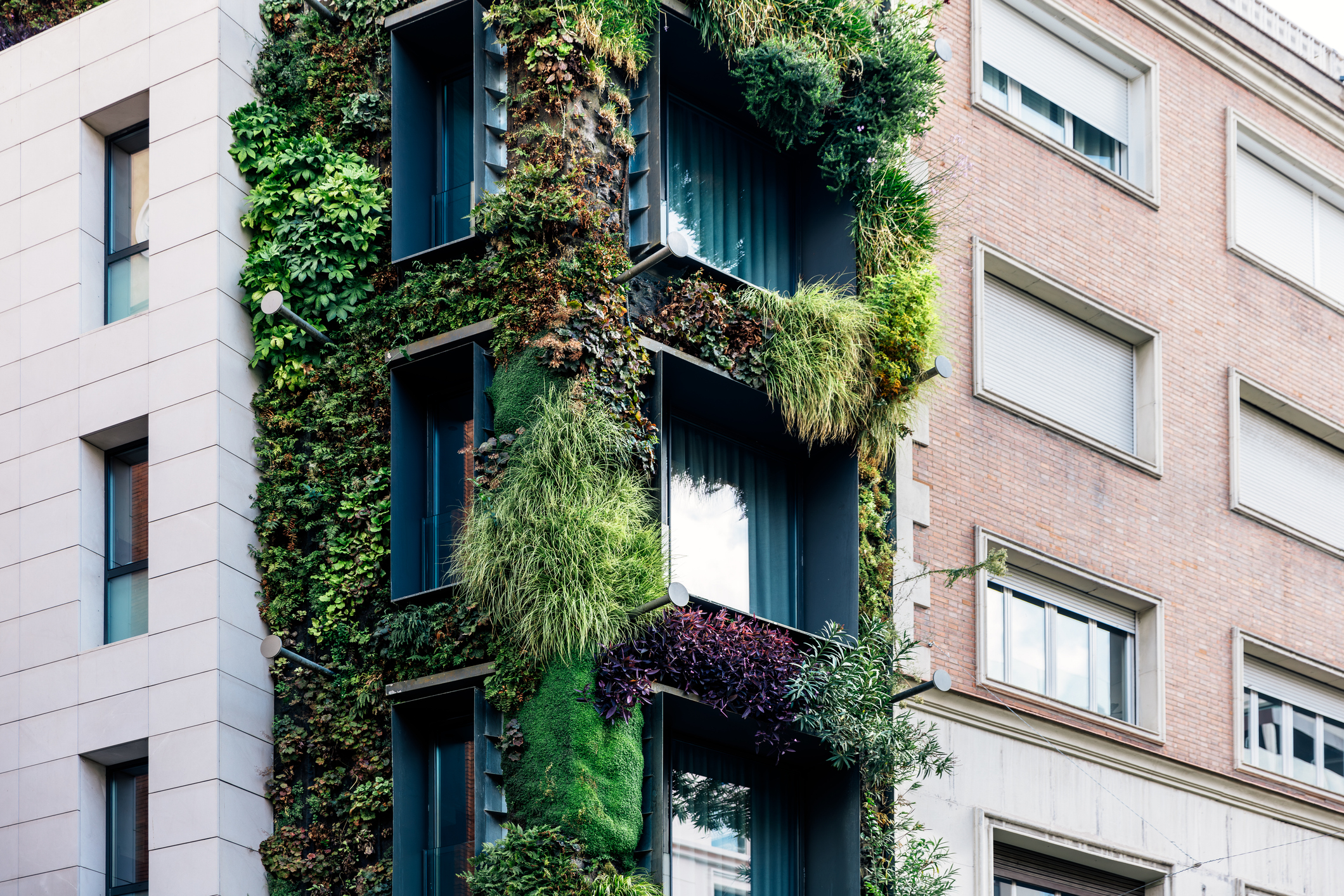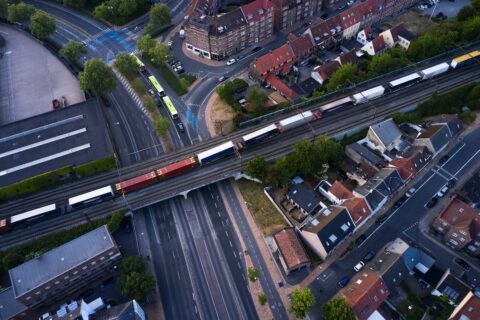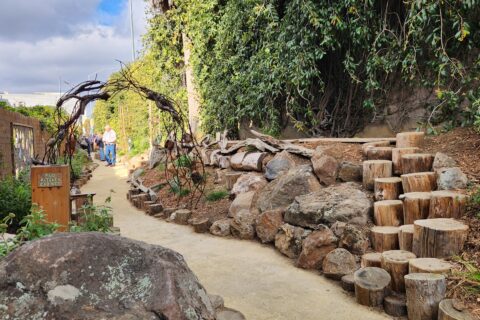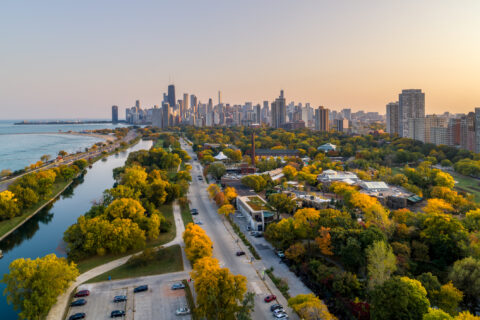Authored by JD Brown, Senior Associate, Policy and Planning, Second Nature Ecology and Design, and Program Director for The Biophilic Cities Project
Urban biodiversity is increasingly recognized as an essential component in the global effort to halt biodiversity loss. Urbanized areas can host a surprising level of biodiversity and provide unique ecosystems at a range of scales. Urban nature offers the potential to create needed ecological connectivity across fragmented landscapes, lessen per capita environmental footprints and nurture climate-resilient ecosystems. Importantly, urban nature also creates an opportunity to connect humans and nature to support human health and well-being, community resilience and social cohesion.
Leading cities are already witnessing nature-positive change, driven partly by an array of innovative regulations, incentives and technical guidance developed by municipal governments to improve the biodiversity supported by a key part of cities: their buildings. A new report authored by Second Nature Ecology + Design and IUCN, Catalysing biodiversity on buildings, explores supporting policy efforts through an overview of initiatives from leading US and global cities relevant to biodiversity at the building scale, as well as a more in-depth review of relevant initiatives in eight European cities.
The report focuses specifically on measures that cities are using to integrate nature into buildings. This scale includes green roofs and walls, measures to safeguard wildlife against building hazards like reflective surfaces, and special wildlife infrastructure such as nesting boxes and refuge for pollinators.
By identifying these innovative policies, the report aims to highlight the innovative ways in which biodiversity can be supported in dense urban areas where ground space is limited. For cities, the report stresses the importance of creating and enforcing regulations that align with global sustainability goals, alternative methods of standard creation and the role of incentives in fostering collaboration across all sectors to meet evolving environmental standards.
The National League of Cities is studying the potential for cities to support biodiversity in their planning and design. NLC, in partnership with the Biophilic Cities Network, is collaborating with the University of Notre Dame’s Integration Lab to research the uptake and effectiveness of the Biodiversity Net Gain policy in the United Kingdom — and what lessons it may hold for cities in the United States. This summer, under the guidance of NLC, graduate students from Notre Dame will interview key stakeholders across the U.K. and the U.S. to better understand what factors influence the adoption and success of biodiversity net gain policies, perceptions of the 2024 British BNG mandate and the compatibility of net gain policies within existing urban biodiversity efforts and governance structures in the U.S.
What do supporting policies look like in US cities?
Fife, Washington: Green Factor with Emphasis on Biodiversity
A first policy area that can support biodiversity within buildings is a green replacement approach, or “green factor” tool, that requires a minimum area of green landscaping to replace green areas lost to new development. Green factor policies vary in the emphasis (or credit) they provide for biodiversity at the building level. A few U.S. cities are leading by specifically emphasizing the inclusion of native species or other biodiversity improvements in green factor requirements.
For example, the Green Area Factor adopted by Fife, Washington, provides specific credit for green roofs with deeper soil depth, which are capable of supporting larger and diverse plant types, and provides an additional bonus for the inclusion of native vegetation (Fife Municipal Code Sec. 19.64.025).
Devens, Massachusetts, and Portland, Oregon: Biodiverse Green Roof Standard
Simply making cities “greener” is not enough to support biodiversity. To gain the benefits of high-quality nature, implementing initiatives must emphasize biodiversity-friendly landscapes.
Despite growing requirements and support for the implementation of green roofs, few cities require the roofs to include native plants or wildlife habitat design elements. However, the small town of Devens, Massachusetts, does. It requires that green roofs must be native plants appropriate for its USDA hardiness zone (Devens Enterprise Commission Policy for Construction of Vegetated Roofs). Larger cities, such as Portland, Oregon, state a preference but do not require native plants or habitat design. Portland provides a suggested plant list that emphasizes native plants that thrive on green roofs and encourages green roof designs that benefit urban wildlife through the use of design elements that include deeper soil depth, small areas of sand and gravel, mixtures of plant types and bloom times, rock and woody material microhabitats and summer water containers (Portland Stormwater Management Manual, pp. 3-9, 3-10).
San Francisco, California: Bird Safe Building Design
As greenery and biodiversity are integrated into buildings, there is a corresponding need to minimize the risks and threats to wildlife at the building scale. A growing body of research documents the dangers of glass facades and emphasizes the need for bird-safe glazing solutions, such as patterned or treated glass, to prevent collisions.
San Francisco’s Standards for Bird-Safe Buildings (San Francisco Planning Code Sec. 139) sets forth standards for new construction, triggered by location or design features that are dangerous to birds. In particular, glazing (i.e. glass) can be treated with etchings or other patterns visible to birds to prevent collisions. San Francisco’s standards minimize untreated glazing facades on buildings, especially near urban bird refuge (such as open space and water bodies).
About the Author
JD Brown is a Policy & Planning Senior Associate with Second Nature Ecology + Design and Program Director for Biophilic Cities. Second Nature is a unique consultancy specializing in bringing the science of urban ecology into planning, design and management. Combining innovative research and practical experience, Second Nature is dedicated to bringing the benefits of nature into daily life to make cities better, healthier and more resilient places. Biophilic Cities partners with a network of cities, scholars and advocates from across the globe to build an understanding of the value and contribution of nature in cities to the lives of urban residents.









